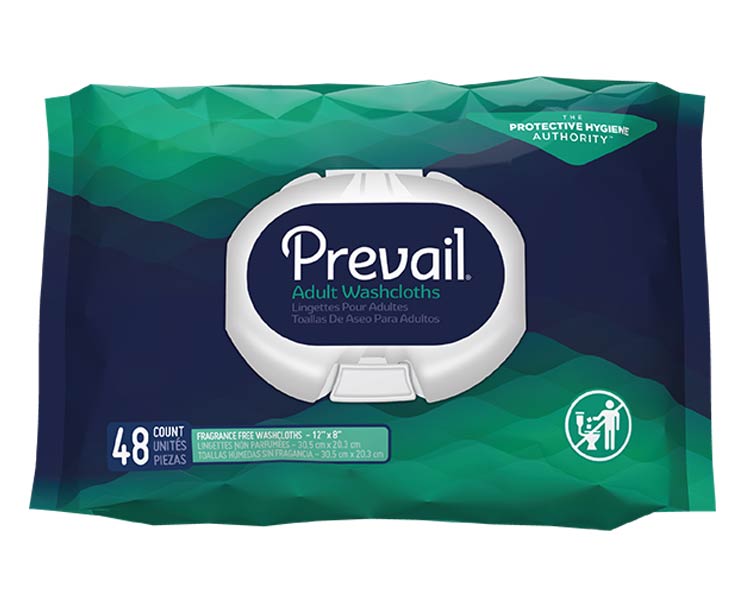
Please choose a body region on the right for you to pin point the problem area of your body.

Shop by Condition

Shop by Brand

Hibiclens Antiseptic Antimicrobial Skin Cleanser
Item # HIBICLENS 16OZ CASE | SKU # MOL-57516
Protect the skin for up to 24 hours after the initial application with our antiseptic, antimicrobial skin cleanser, HIBICLENS. Hibiclens gently and effectively cleanses skin and superficial wounds, and is simple and easy to use as any liquid soap.
You may help protect patients by using Hibiclens Skin Cleanser to prevent skin infection thereby reducing the risk of cross-infection.
A patient's skin is a major source of pathogens that cause surgical-site infections. Preoperative antiseptic skin preparation may decrease the incidence of postoperative infections2. There is a significant relationship between positive skin culture and wound infection rates, suggesting that the skin is a possible source of contamination3. The general skin cleansing procedure with HIBICLENS® provides a safe and efficient way of removing pathogens from the patient’s body.
Features for HIBICLENS® Antiseptic Antimicrobial Skin Cleanser
Model No. 57516: 16 oz Foaming Pump Bottle. By Each or Case (12 ct)
Use only as directed, see HIBICLENS label for full product information and precautions.
Clinical studies show that a 4% CHG solution such as Hibiclens can help reduce facility infection rates, resulting in a significant economic gain. In large peer-reviewed studies, daily bathing with CHG showed significant reductions in infection rates:
IMPORTANT LAUNDERING ADVICE FOR HOSPITAL STAFF AND OTHER USERS OF ANTISEPTIC PATIENT SKIN PREPARATIONS CONTAINING CHLORHEXIDINE GLUCONATE
When laundered with chlorine bleach, the combination of Chlorhexidine gluconate (CHG) and sufficient chlorine can stain fabrics. Thus, special laundering procedures should be considered when fabrics contaminated with CHG are laundered. If sufficient available chlorine is present during the washing procedure, a fast brown stain may develop due to a chemical reaction between CHG and chlorine.
SUGGESTED LAUNDERING PROCEDURES TO LIMIT STAINING
1. Not Aging. Avoid allowing the product to age (set) on unwashed linens.
2. Rinsing and Washing. A rinse operation as the initial step in the wash process is helpful in the laundering of linen exposed to chlorhexidine gluconate. Such rinsing is also important in the laundering of linen which contains organic materials such as blood or pus. For best results, warm water rinses (90-100°F) are recommended. After a number of initial rinses followed by a washing with a low alkaline/nonchlorine detergent, most fabrics previously contacting chlorhexidine gluconate should have an acceptable level of whiteness. If a rewash process using bleach is necessary to achieve a greater degree of whiteness, the bleach should be a nonchlorine bleach.
3. Not Using Chlorine Bleach. Modern laundering methods often make the use of chlorine bleach unnecessary. It is worthwhile trying to wash without chlorine to ascertain if the resulting degree of whiteness is acceptable. Omission of chlorine from the laundering process can extend the useful life of cotton articles since oxidizing bleaches such as chlorine may cause some damage to cellulose - even when used in low concentration.
4. Changing to a Peroxide-Type Bleach, Such as Sodium Perborate, Sodium Percarbonate or Hydrogen Peroxide.This should eliminate the reaction which could occur with the use of chlorine bleaches. If a chlorine bleach must be used, a concentration of less than 7 ppm available chlorine (1/10 the normal bleach level) is suggested to minimize possible staining.
A NOTE ON LAUNDERING OF PERSONAL CLOTHING
The laundering procedures set forth above using low alkaline, non-chlorine laundry detergents are also applicable to laundering of uniforms and lab coats. Commercially available laundry detergents which do not contain chlorine include Borax, Borateem®, Dreft®, Oxydol and Ivory Snow®. These products, however, will not remove stains previously set into the fabric.
2. HAI Data and Statistics, The Centers for Disease Control and Prevention, http://www.cdc.gov/hai/surveillance/.
4. Centers for Disease Control and Prevention. Guideline for Hand Hygiene in Health-Care Settings: Recommendations of the Healthcare Infection Control Practices Advisory Committee and the HICPAC/SHEA/APIC/IDSA Hand Hygiene Task Force. MMWR 2002;51 (No. RR- 16).
6. MBT Study No.582-106, Study Protocol # 582.1.11.12.12.
8. Rao, Nalini., et al. A Preoperative Decolonization Protocol for Staphylococcus Aureus Prevents Orthopaedic Infections. Clinical Orthopaedics and Related Research 466.6 (2008): 1343-348.
10. Climo MW, Sepkowitz KA, Zuccotti G, et al. Critical Care Medicine 2009 Jun; 37(6): 1858-1865
Active ingredient – Chlorhexidine gluconate solution 4.0% w/v
Inactive ingredients
Fragrance, gluconolactone, isopropyl alcohol 4% w/v, lauramine oxide, poloxamer 237, purified water, and red 40.
Other information
Store between 20-25°C (68-77°F).
Avoid excessive heat above 40°C (104°F).
These super strong and soft washcloths have all of the features and performance as Prevail Washcloths but without…
More Details >
For Moisture Management, our ThinLiner Absorbent Sheets by Tranquility are for every fold, wrinkle and tuck! ThinLiner Performance…
More Details >
Formulated for effective germ killing but gentle enough for general use, Provon Foaming Antimicrobial Handwash with Moisturizers is…
More Details >
The premier cleanser in the tattoo industry, our Cosco Green Soap is excellent when diluted in water for skin…
More Details >



Get $10 off your next order when you sign up to receive our email newsletter.*
Simply enter your email address below!
*Minimum order value of $100. Valid email address to qualify.







